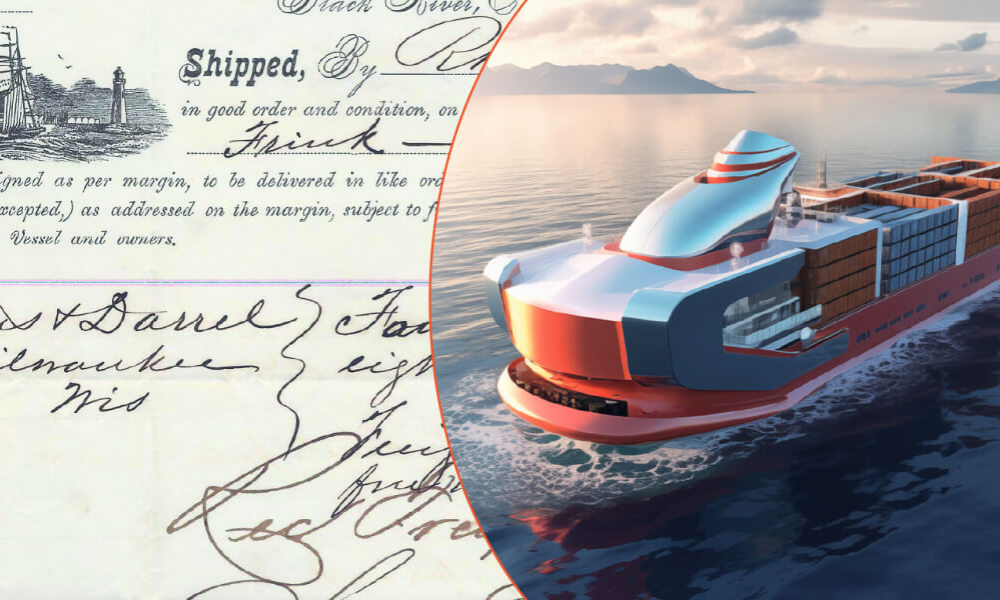
Throughout history, numerous inventions have advanced international trade and, thus, the forwarding industry. Below, we share a small sample of highly impactful developments.

Throughout history, numerous inventions have advanced international trade and, thus, the forwarding industry. Below, we share a small sample of highly impactful developments.
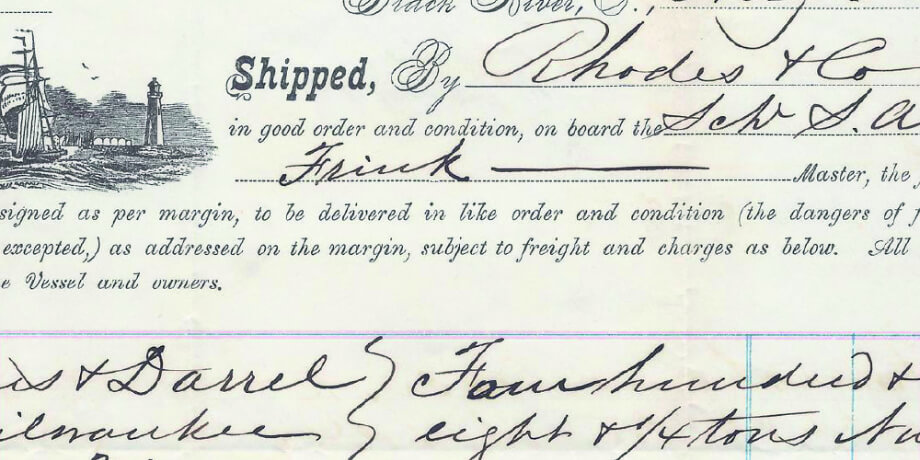
Bills of lading came into everyday use in the sixteenth century. They are used by carriers to acknowledge that they have received goods for shipment and include an agreement to transport these goods to the consignee or their assignees at a specified destination.
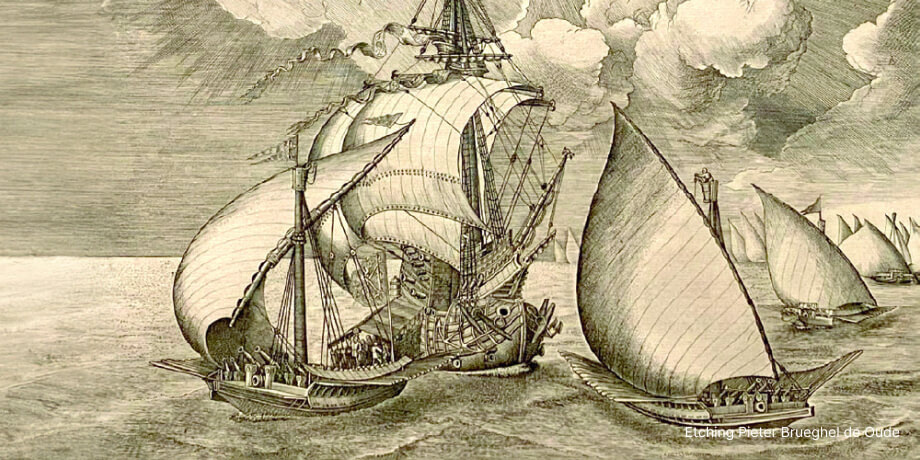
Marine insurance was widely developed between the 14th and 16th century, as were systems for estimating risk to calculate rates.
Historical records mention formalized ocean cargo insurance policies in London as early as the 17th century. The first insured events were related to the safe arrivals of ships.
Today, ocean cargo insurance has become essential to the shipping trade. The ocean cargo insurance market is well developed, with many kinds of cargo insurance and coverage levels available.
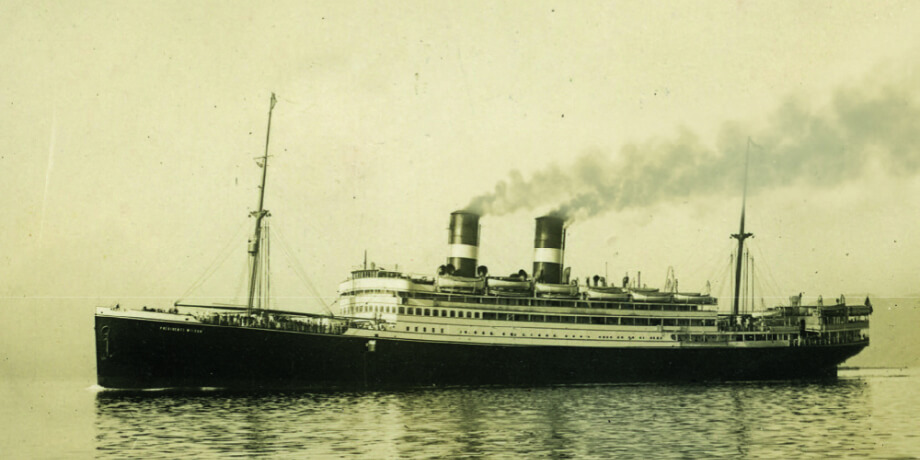
In the 19th century, steamships replaced sailboats and significantly accelerated maritime transport. Steamships were preceded by smaller vessels, called steamboats, built in the first half of the 18th century, with the first working steamboat and paddle steamer by the end of the century.
Once steam technology had been mastered at this level, steam engines were mounted on larger and, eventually, ocean-going vessels. The technology became reliable and propelled by blades rather than paddle wheels, and the technology changed the design of ships for faster, more economical propulsion.
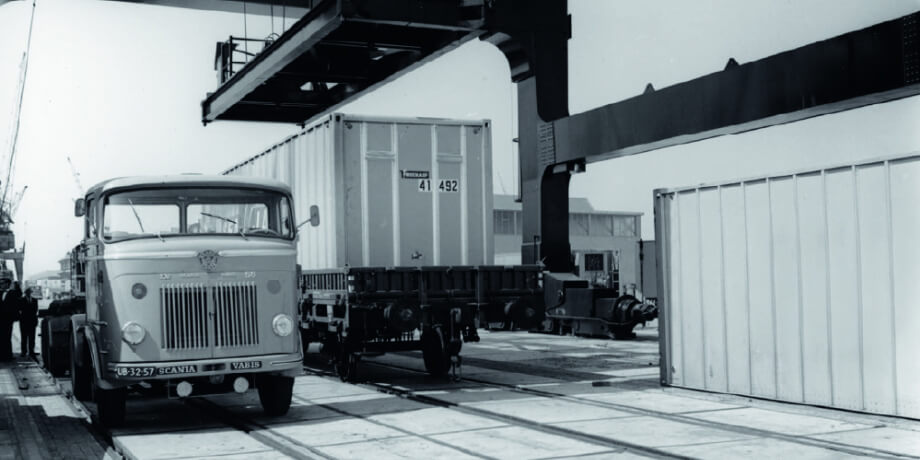
The cargo container is one of the most iconic developments in logistics and freight forwarding. The standardized shipping container revolutionised the industry by enabling efficient and secure transportation of goods via various modes of transport, including ships, trucks, and trains.
Containerisation simplified handling, reduced costs, and accelerated the global trade process. It became the biggest driver of worldwide import and export because of how much can be transported at a given time. Malcolm McLean, an American, invented the container in the middle of the 20th century, and the first standard container arrived in Rotterdam in the mid-sixties.
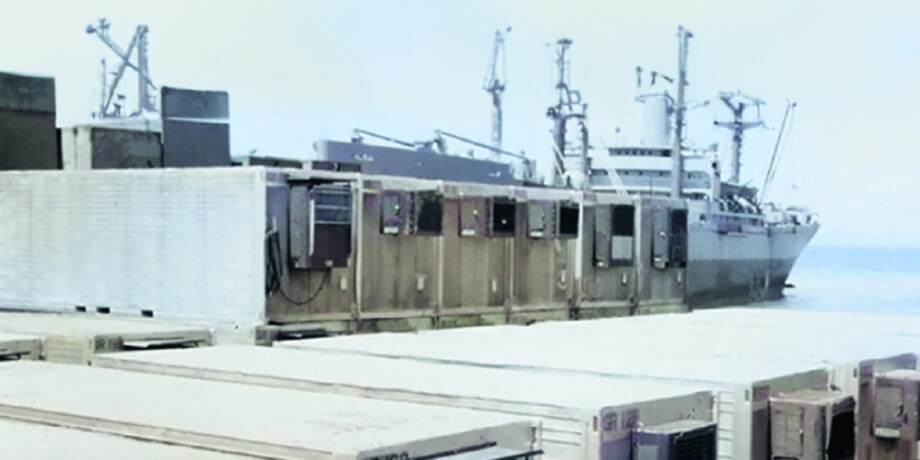
The reefer container was invented in the late 19th century and entered into circulation by the early 20th century. Several notable innovations, like the portable air-cooling unit and mobile refrigeration specifically for fruit, emerged in the early 1900s. Refrigerated shipping of meat and fruit became more and more common by the middle of the century. By the 1960s, insulated containers on ships had been fully developed.
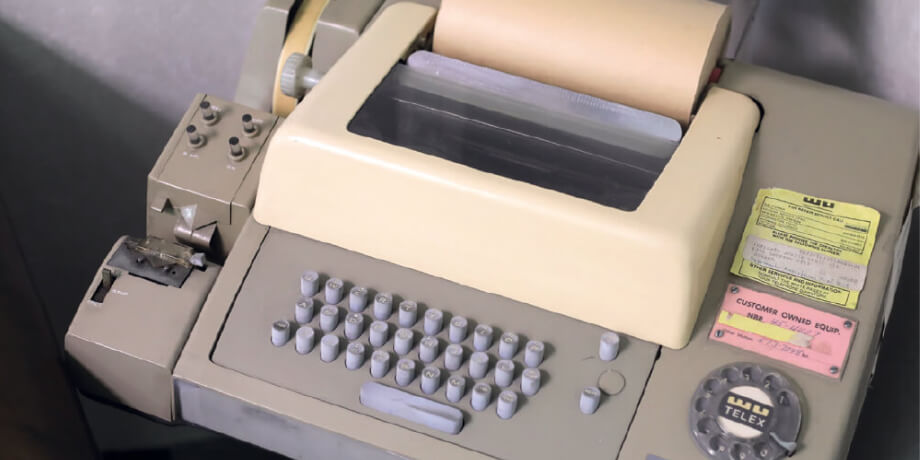
The telegraph and the telex made it possible to communicate a tremendous amount faster than the postal service, which only went as fast as ships. Telex (telegraph exchange) was a public switched network of teleprinters. It used rotary-telephone-style pulse dialling for automatic routing through the network.
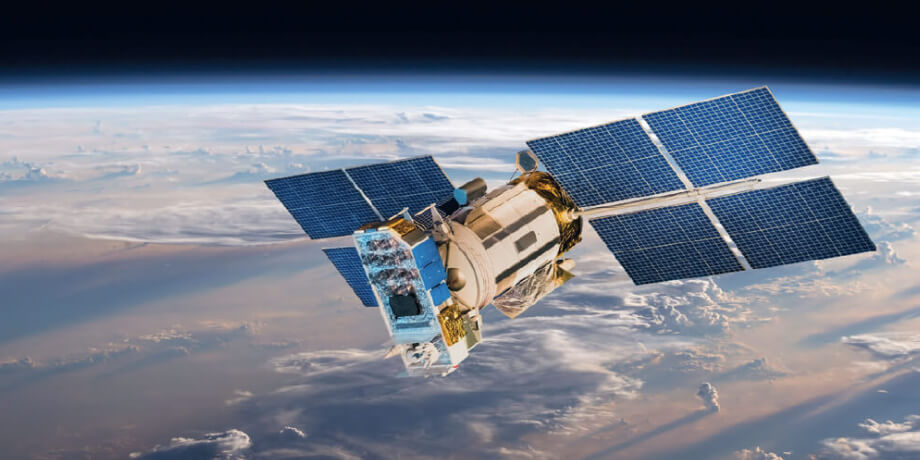
In the second half of the 20th century, space exploration led to the invention of the Global Positioning System (GPS). The network of 30-plus satellites put in place at the time has since come to be used in everyday life.
GPS plays a crucial role in international forwarding. In the 80s, GPS was approved for civilian commercial airlines to improve navigation and safety. Commercially available hand-held GPS units hit the market. The impact of space-based navigation technology on our world continues. The economic benefits are tremendous.
Tracking systems have been essential to improving operations and customer experience in the logistics industry. These systems provide accurate information about delivery, arrival and departure, benefiting both parties.
Since its inception in the 1990s, the concept of fleet tracking has remained unchanged. GPS tracking systems utilize Global Navigation Satellite System satellites to transmit microwave impulses to GPS units. This provides precise information on the vehicle or vessel’s location, speed, time, direction, and route history.
Before the development of advanced tracking systems, people had to rely on estimates and phone calls for updates. Forecasting accuracy was not guaranteed, which could lead to delays and other issues.
Reefer location tracking systems allow freight operators to set up automated alerts based on real-time GPS data. This helps to reduce temperature-related spoilage, enables cargo monitoring, and improves operational efficiency.
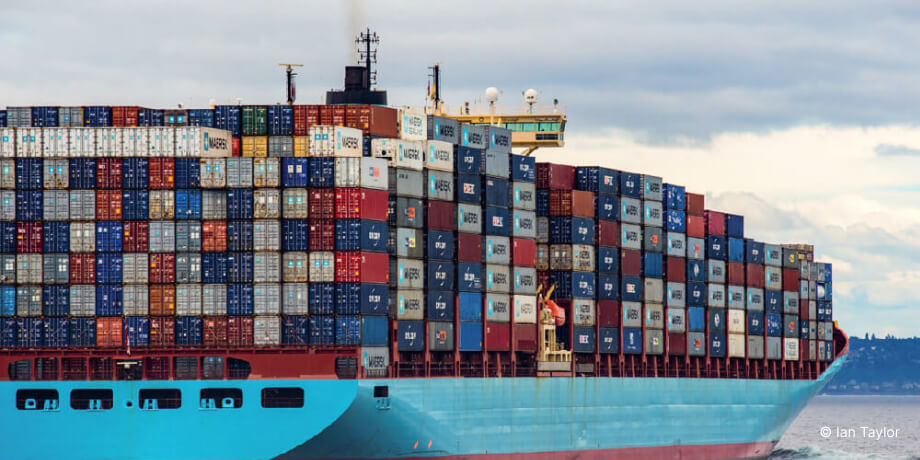
Mega container carriers make it possible to reduce cost per TEU and increase shipping volumes.Container ships have increased in size to take advantage of economies of scale and reduce expenses as part of intermodal freight transport.
With the arrival of these mega carriers, the concept of air cargo-type hubs was applied to seaports. Goods arrive in large quantities, are temporarily stored there, and thus find their way to their domestic destinations through multimodal transportation solutions.
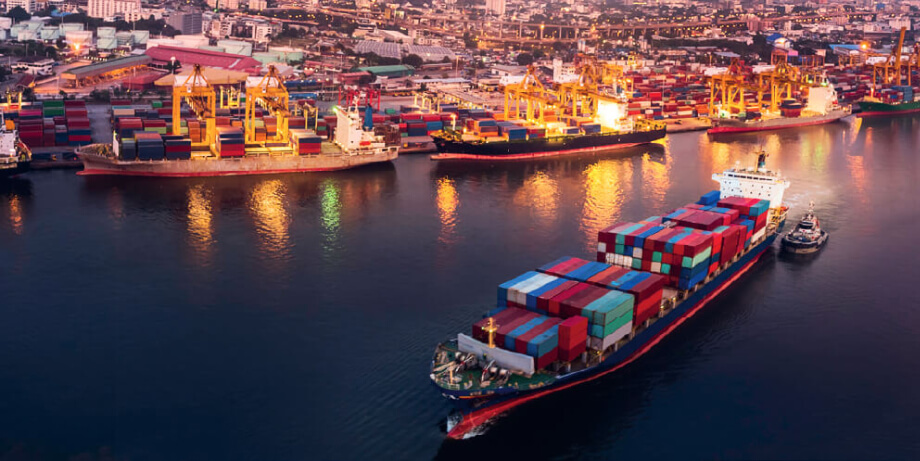
The World Customs Organization (WCO) has a long history of trying to improve the security of international logistical flows, i.e., supply chain security, from producers to end consumers.
Major geopolitical events led to the implementation of new logistical security systems and trade regulations. This intense focus on security initially began to work as a non-tariff barrier, causing lead time delays. Adopting trade (customs) compliance software automates and streamlines the process of complying with customs regulations and documentation requirements.
In 2005, the WCO Council adopted the SAFE Framework of Standards to Secure and Facilitate Global Trade (SAFE Framework) that would deter international terrorism, secure revenue collection, and promote trade facilitation worldwide. The core concept of this international framework is the Authorized Economic Operator (AEO) program.
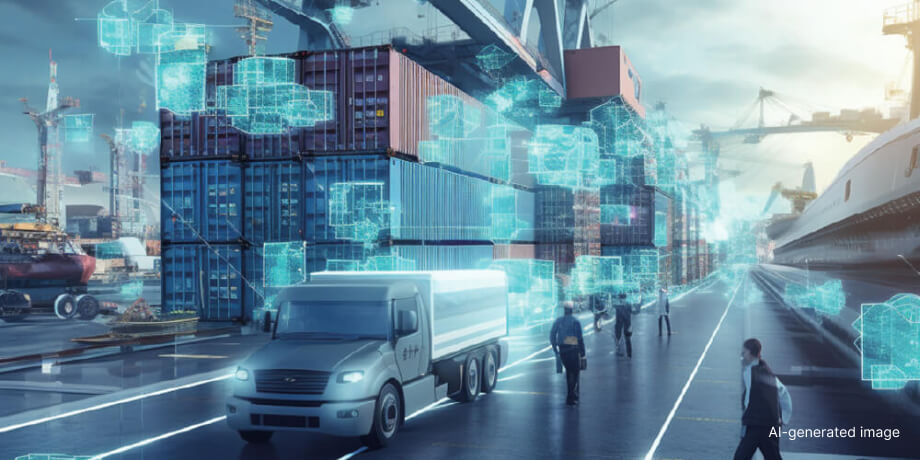
With the increasing availability of data, developments in data and predictive analytics will enable more accurate demand forecasting, capacity planning, and risk assessment. The aim is optimised supply chain operations, reduced costs, and improved customer service.
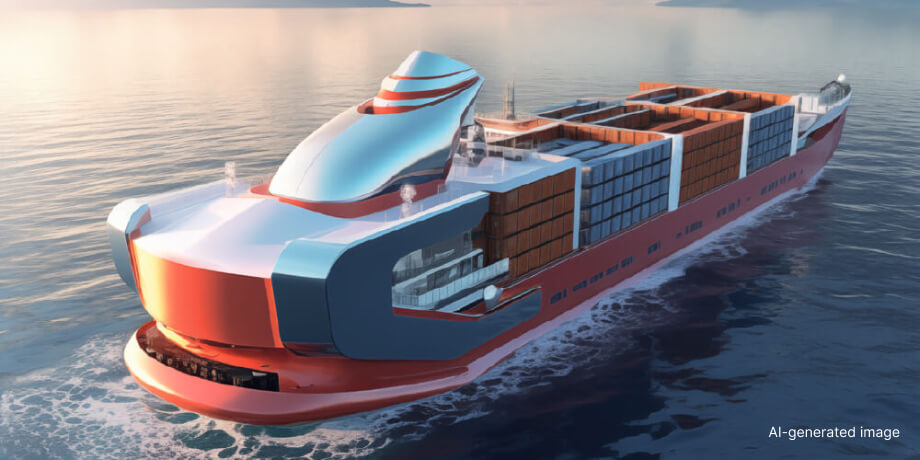
Robotics and automation applications will continue expanding throughout the supply chain.
Autonomous data exchange will improve working conditions by increasing efficiency and reducing labor-intensive tasks. In this way, personal contact, which is of vital importance in maritime logistics, can be retained.